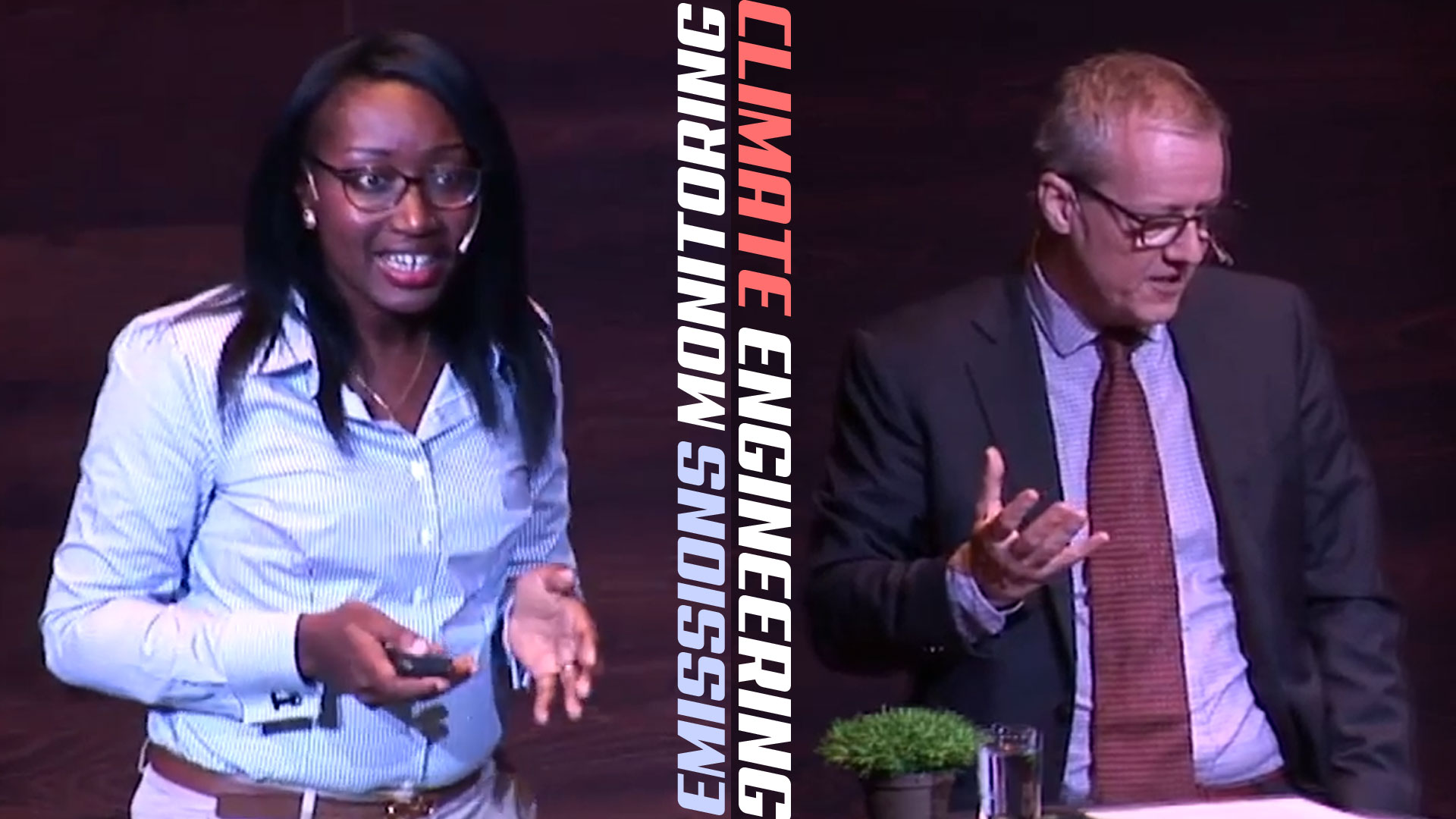How to Govern Climate Engineering and Emissions Monitoring?
As governments, industry and civil society struggle to achieve the […]
As governments, industry and civil society struggle to achieve the necessary emission reductions to address climate change, scientists are increasingly looking at new technological pathways such as direct carbon dioxide removal from the atmosphere, solar geoengineering (cooling the planet by reflecting heat away from the Earth) and the use of sophisticated satellite technologies capable of monitoring greenhouse gas emissions remotely.
While a broader portfolio of climate response actions and compliance tools may significantly contribute to meeting global climate objectives of limiting warming to well below 2 degrees Celsius, these technologies come with considerable physical, social and governance risks.
This talk, lead by climate law experts Timiebi Aganaba-Jeanty and Neil Craik, explores the international legal and ethical dimensions of these important but controversial technology pathways and considers how Canada might approach the governance challenges connected to these technologies.
Centre for International Governance Innovation https://www.cigionline.org
